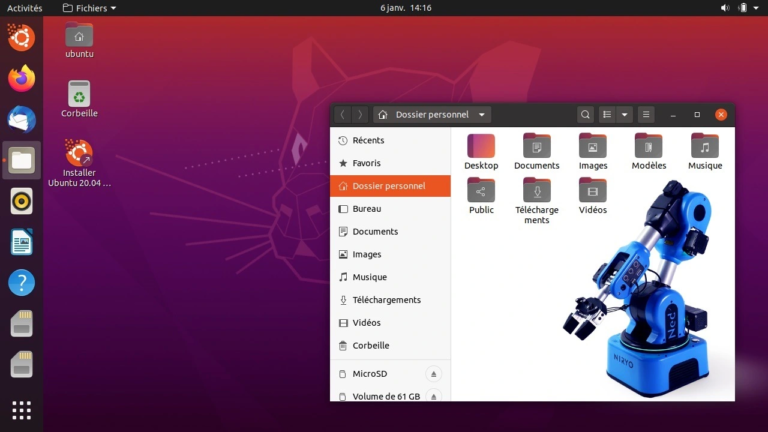As the world keeps on growing ands sophisticating, technology has become a critical tool for learning. Among all the most powerful tools for learning is Ubuntu, an operating system that offers a range of benefits for students and teachers alike.
What is it? Ubuntu is a free and open-source operating system based on the Linux kernel. It is designed to be completely user-friendly and customizable, offering a range of software and applications for education, creativity, and productivity. The system is widely used in educational settings, from elementary schools to universities, and offers a range of benefits for its users.
Now, Let’s dive deeper and explore its advantages and what it can bring for both students and professors.
1. Ubuntu is about flexibility
Ubuntu is an open-source operating system, meaning that it is highly customizable and adaptable to different hardware platforms and research needs. Many professors suffer from a lack of documentation, especially in the field of robotics.
Luckily, documentation is far from being an issue there (by the way, have you checked ours?). Robotics researchers can easily modify the operating system to meet specific requirements and integrate it with a range of software packages and different hardware platforms.
The OS’s flexibility allows its users to develop and test new algorithms, software, and hardware platforms in a flexible and adaptable environment. This criteria is especially important in robotics research, where new ideas and approaches need to be tested and validated in a timely and efficient manner.
2. Reliable, punctual and trustworthy
Ubuntu is known for its reliability and stability, and both are critical for learning robotics with ease. Imagine using an operating system that can’t run for an extended period without crashing or encountering errors.
Ubuntu’s reliability allows you to run experiments and tests for long periods without worrying about the operating system crashing or interfering with their experiments.
3. Mix softwares and match hardwares
Ubuntu is highly compatible with a wide range of hardware platforms, including embedded systems, microcontrollers, and robots. This compatibility allows researchers to develop and test their software and algorithms on a range of hardware platforms, providing greater flexibility and a more realistic testing environment.
Moreover, its compatibility with ROS (Robot Operating System) has made it a popular choice for robotics research and education. ROS is also an open-source robotics framework that provides a range of tools and libraries for developing robotics software. The use of both the OS and ROS has made it easier to develop and test their software on a range of robotics platforms.
4. Ubuntu is Cost-Effective
Another advantage of Ubuntu for robotics research and education is its affordability. As mentioned previously, Ubuntu is a free and open-source operating system, meaning that it is accessible to those with limited budgets. Ubuntu’s accessibility makes it an ideal choice for universities that often need to work with limited resources.
Now that we know the advantages, let’s move on to a real example:
At Niryo, we adopted it as the operating system for our Ned2 collaborative robot, as it was specifically designed for educational purposes. Our team took great care to ensure that all the technical components used to build the robot are both accessible and open source, thus ensuring the optimal learning experience for students.
For instance, our current technology stack for the robot includes ROS as the software framework, Python and MATLAB as programming languages to be able to communicate with the robot and Raspberry Pi as the hardware platform.
On the other hand, we also make sure to choose affordable tools so that the final price of the robot stays within the range of affordable.
In conclusion, Ubuntu has proven to be a game-changer in the field of robotics, providing developers and students alike with a reliable and versatile operating system. Its user-friendly interface and compatibility with various programming languages and hardware platforms make it an ideal choice for robotic applications, from education to industrial automation.
As the field of robotics continues to evolve and grow, this specific OS is sure to remain at the forefront of innovation, empowering the next generation of roboticists to bring their ideas to life.














